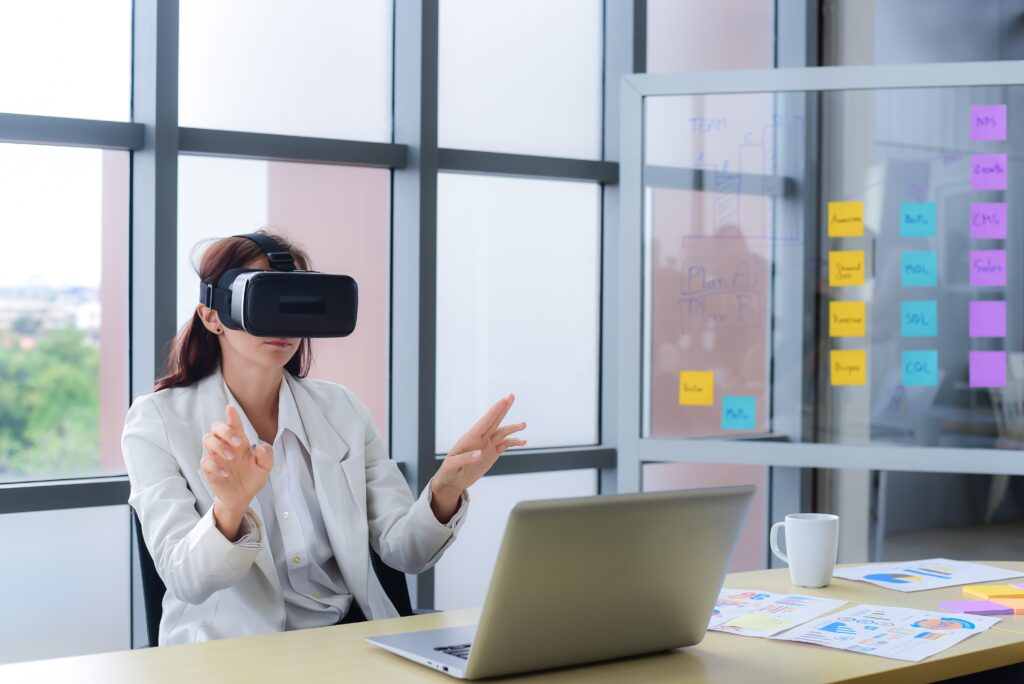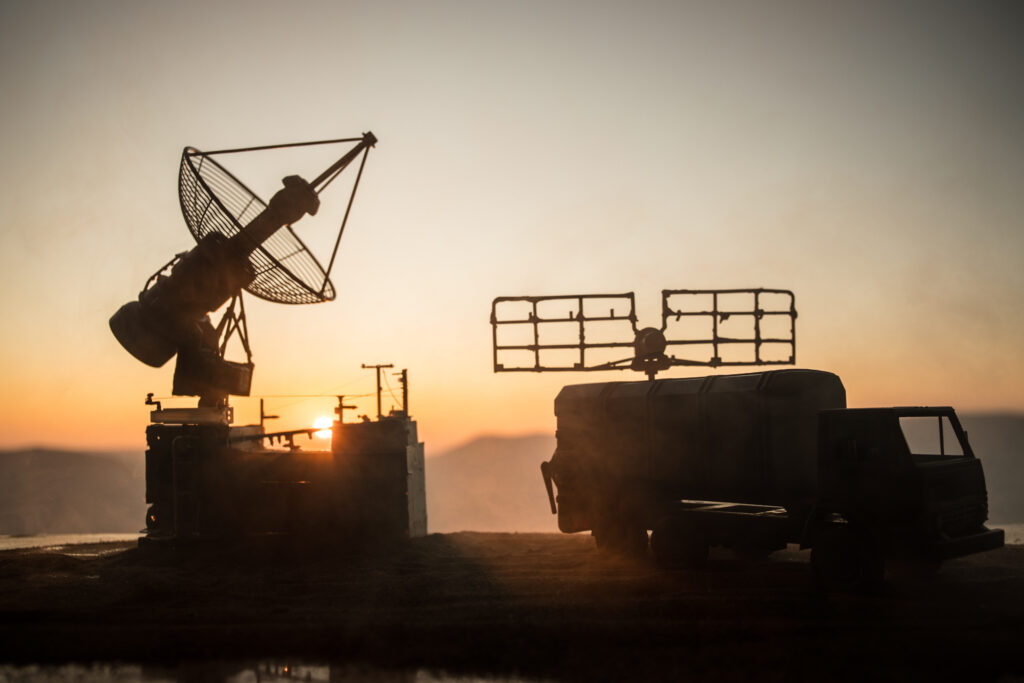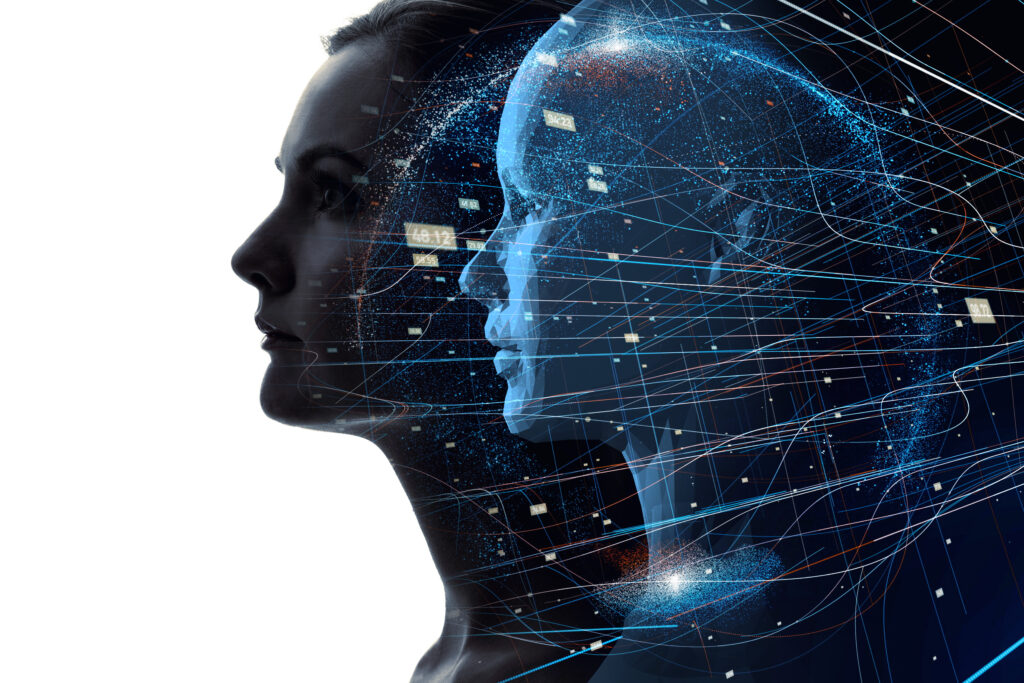
The holy grail of real-time – connecting digital twins to supercharge decision-making

Metaverses are swiftly becoming the next playground for hearts and minds, with the big tech brands connecting vast datasets to create experiential worlds for consumers.
We could soon see metaverses becoming a reality for governments and enterprises too, with digital twins and 5G converging to connect the dots for digital realms. This possibility is drawing even closer to reality thanks to massive infrastructure refresh projects – for example, the $140 billion funding by the Australian government – that are intended to address complex challenges such as climate change, city and urban developments, responses to the global pandemic, or defending against escalating cybercrime.
These metaverses can be facilitated by connecting digital twins securely through low latency 5G networks that will map applications over these massive datasets.
While each digital twin can offer a powerful opportunity for real-time modelling, linking these worlds – both public and private – has the potential to give leaders seamless information for real-time decision making.
The use cases for inter-connected digital twins are many and varied. Initial use cases are particularly relevant for the public sector, where first responders, defence and civic leaders can protect, enhance and unlock greater potential from cities, citizens and critical infrastructure by sharing modelled data securely.

Modelling cybercrime impact on real-world scenarios
With ransomware attacks on the rise in the Asia Pacific and cyber attackers increasingly leveraging new technologies like artificial intelligence (AI), nation-states (including Australia, India, Singapore, Hong Kong, Korea and Japan) recently came together at a US Summit and vowed to collaborate on the growing problem.
This will include new ways to mitigate the risk to physical infrastructure. Ultimately, it will become critical to create a cross-border, multi-stakeholder and cross-domain approach to tackle cyber threats to the future needs of cities, governments and citizens.
“Cyber hub strategies being adopted by governments aim to understand the impacts of cyber threat by digitising critical infrastructure and applying models around it,” says Tony Harb, Head of Solution Architects at Verizon Business Group.
“By leveraging digital twins, these models will allow governments to gain greater insights into the impact of a cyber attack or an external disruption, so they can better prepare for these issues and make informed and enhanced decisions during such events.”
But even without modelling cybercrime impacts, digital twins can also assist governments to better understand the costs of maintaining and updating critical infrastructure by using sensors to collect data in real-time and then analyse these datasets without the need for inefficient human measurement and intervention.
Defending national borders and improving security
Historically, warfare was conducted on the three traditional domains of land, air and sea. But with advances in technology, the nature of war has changed. These new domains of space and cyber are used in ‘grey zone’ or ‘hybrid warfare,’ where state-on-state or state-on-non-state actor conflicts are increasingly taking place, blurring the lines of traditional military operations.
“Digital twins have plans, blueprints, models, documentation, storage, transmission and data. Stakeholders interact with the digital twins from multiple, geographically-dispersed locations. But what happens when an adversary launches a grey zone attack against us?” says David Gillies, C6ISR Cyber specialist with Verizon Business Group.

“Satellites stop communicating, systems cease functioning, employees lose access to plans, blueprints and models, data becomes inaccurate, projects grind to a halt and therefore the digital twin is no longer the single source of truth. Much like the pandemic, we will scramble to find a workaround, but what happens if that adversary follows up with additional attacks? Can we develop workarounds fast enough to not impact production, programs and projects?” asks Gillies.
The question is, while we operate in the grey zone of the current geopolitical climate at the same time as adopting the digital twin ecosystem, are we simultaneously creating weakness that can be exploited?
In short, Gillies says the answer is yes and no.
“We must embrace the digital twin as a foundation of the defence industry striving to implement industry 4.0, using technology such as mobile edge computing, machine learning and AI to deliver productivity increases. To give an example of the growth, the US military is currently spending $17B on autonomous systems. By 2030 this will grow to $34B. These systems must be controlled, coordinated and integrated into systems of systems. And these issues (growth and vulnerabilities) must be addressed by the defence industry,” says Gillies.
“The Australian Defence Force is modernising fleets of ships, planes and vehicles – both manned and unmanned platforms. They’re acquiring world-class capabilities as a fifth-generation defence force. This modernisation means communications, which for example includes the ability to send data (intelligence, blueprints or geospatial) to suppliers or customers domestically or internationally. This data becomes a particular target because of our arrangements to share military information with the US and the UK,” says Gillies.
“If adversaries can influence decisions and production throughputs, they can reduce battlefield effectiveness.”
Digital twins are a game-changer in decision making, creating the ability to model defence acquisition and sustainment programs and integrate technology into existing, retrofitted communications and weaponry systems. Defence projects are complex and sometimes thwarted by adopting new technology, implementation challenges or legacy systems integration issues. Digital twins give the defence industry the ability to model how technology changes will impact both the physical and non-physical worlds, leading to cost savings in logistics and human resources.
“An important priority is being able to gather information (intelligence) and transmit that to key stakeholders securely, at the right place and right time,” says Gillies.
“Secondly, the ability to employ offensive tactics that will interrupt adversarial actions needs to be considered, such as manipulating geospatial data using machine learning and artificial intelligence to create ordered chaos.”
“State sponsored cyber-attacks will intensify as they continue to mirror real world political instability. They remain the most effective asymmetrical form of disruption in grey zone conflict. Fortunately, Verizon’s digital twin gives us ability to transmit data securely to decision makers in geographically separate locations, to model and war game decisions in the digital environment, efficiently and cost effectively to create advantages for our clients.”

Creating human digital twins for better citizen outcomes
Consider the recent vaccine accelerations to manage the global pandemic and allow citizens to move freely across borders once again. The pharmaceutical industry was already exploring digital twins to improve the efficiency and agility of the production chain and expedite time-to-market. However, another powerful related use case for connected digital twins would be creating unique digital models of individuals and using them to provide greater insight into how a vaccine will work on a diverse population, reducing the time it takes to respond to global crises such as health pandemics.
The same could be said for first responder use cases. For example, digital twins already exist at university campuses to provide information such as student footfall patterns and facilities usage to inform construction changes or campus service decisions. By connecting and providing first responders with access to these digital twins, they could provide immediate situation awareness for crises or incidents on campus or in any other dense populations such as a city.
“In these cases, cyber security becomes an even bigger consideration,” says Harb. “We are providing access to information that hasn’t been connected before. Naturally, by connecting digital twins, the attack surface is further expanded, which provides new and unbounded opportunities for cyber threats and hackers to create havoc. So we will need to ensure security and resilience are a paramount consideration for connected digital twins.”
This is where Verizon’s capabilities can come to the fore through its expertise in securing and ensuring resilient networks for enterprise, governments and first responder networks.
While metaverses may currently be focused on consumer applications, what is certain is that the power of decision making from virtual models will continue to drive interest in connected worlds and metaverses across a wider range of use cases for citizens, governments and enterprises.
Find out more about 5G and digital twins:
If you are in Australia or New Zealand: Click here
If you are in North or South Asia: Click here
If you are in Japan: Click here
READ MORE
- 3 Steps to Successfully Automate Copilot for Microsoft 365 Implementation
- Trustworthy AI – the Promise of Enterprise-Friendly Generative Machine Learning with Dell and NVIDIA
- Strategies for Democratizing GenAI
- The criticality of endpoint management in cybersecurity and operations
- Ethical AI: The renewed importance of safeguarding data and customer privacy in Generative AI applications
